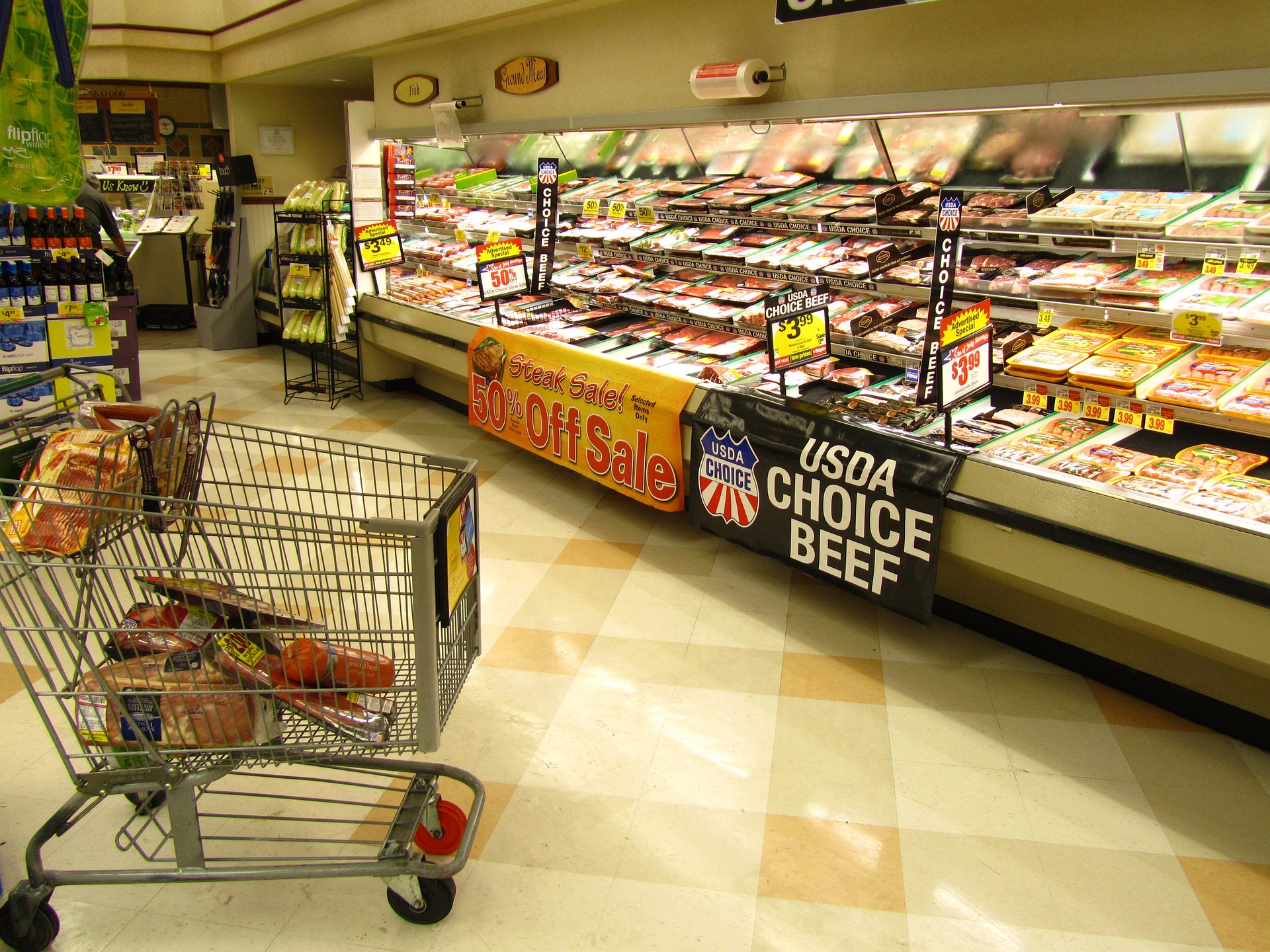The holiday season is approaching, and every grocer is committed, like always, to offer shoppers the best value on products and an uncomplicated omnichannel experience for shopping. But if compared to the previous year, this holiday season environment is quite stark. While many consumers now view in-store purchasing as the same old routine, like before the pandemic, inflation has significantly impacted the industry’s growth in 2022.
Before evaluating how retailers are getting ready for the holiday season, managing Inventory excesses is a big concern. It is one of the most significant strategic actions retailers carry as needed. What could the strategic objective be? Executing aggressive advertising, online campaigns, promoting subscription services, free delivery, etc. This quarter, retailers made strong plans to deal with inventory surpluses that had built up over the previous few quarters. Big-box and department-store retailers have observed excesses in discretionary categories like apparel while consumers shift their purchasing habits to primarily non-discretionary ones.
Nike’s Chief Financial Officer Matt Friend stated during an analyst discussion that the company had to undertake “decisive action” on account of the initial quarter’s 65% spike in North American inventory.
Kohl’s CFO Jill Timm stated, “We have taken steps to address inventory, including raising promotions, being aggressive in clearing excess inventory, and pulling back on receipts.
To rebalance inventories, John David Rainey, EVP and CFO of Walmart, stated that Walmart had sold most of its summer inventory, minimizing its exposure in electronics, home, and sporting goods, and had canceled “billions of dollars in orders.” He stated, “By taking the appropriate steps in Q3, we will be able to make considerable headway toward rationalizing absolute levels and mix, which will put our stores in a strong position for the holiday shopping season.
Grocers must have a long-term perspective.
The supply chain’s forecasting capabilities are greatly enhanced by technology nowadays, yet advanced planning cannot be taken into account by external circumstances, which are frequently beyond the control. Factors like market volatility, improper forecasting, shifts in consumer spending patterns, unforeseen weather changes, and so on may all swiftly result in an unpredictably high level of surplus inventory. But the inventory bottleneck will eventually get resolved. Meanwhile, grocery stores must run aggressive promotions and sales to capitalize on the robust customer demand despite high inflation.
Grocers must access past sales information and valuable insights regarding the customers. Also, they could go to market more quickly and boost profit healing and sales by understanding which product categories, quantities, and pricing perform well with particular customers.
In providing the appropriate deals to the relevant customers on time, RSA America effectively exposes information on consumer behavior both inside and outside of the store. Independent grocers can build enduring relationships with customers by employing our digital knacks to engage customers through targeted marketing, shopper data analytics, and digital couponing promotion techniques.

